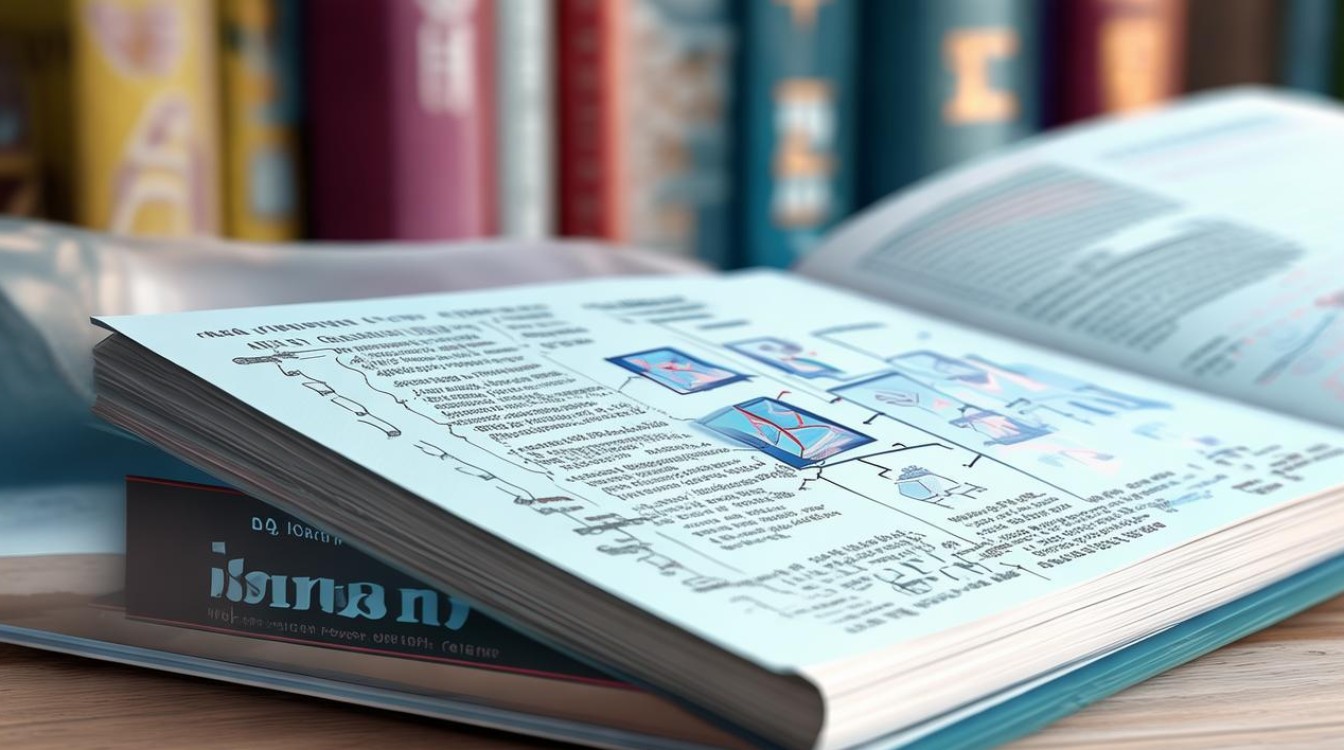雅思写作考试中,小作文的混合题(Mixed Charts)是许多考生感到棘手的部分,这类题目通常要求考生同时分析两种或以上的图表类型,例如折线图与表格的组合,或柱状图与饼图的结合,掌握混合题的写作技巧,不仅能够提升分数,还能在考试中节省时间,本文将深入解析混合题的写作方法,并提供实用策略。

混合题的特点与难点
混合题的核心在于整合不同图表的信息,并找出它们之间的联系,常见的组合包括:
- 动态与静态数据结合:例如折线图(展示趋势)与表格(展示具体数值)。
- 不同维度的对比:例如柱状图(比较类别)与饼图(展示比例)。
- 时间与类别的交叉分析:例如两张不同年份的柱状图。
难点在于:
- 如何合理分配篇幅,避免重复或遗漏关键信息。
- 如何准确描述数据之间的关系,而非孤立分析每张图表。
- 如何确保逻辑连贯,让考官清晰理解你的分析思路。
写作结构与技巧
开头段(Introduction)
开头段需简要说明图表类型、时间范围及主要内容,避免直接复制题目,建议用同义替换:
- 原题:The line graph shows the changes in car sales, and the table gives information about fuel prices.
- 改写:The line graph illustrates trends in vehicle sales over a decade, while the accompanying table provides data on fluctuations in fuel costs during the same period.
概述段(Overview)
这是得分关键,需概括图表的主要特征和联系,通常写2-3句,涵盖:

- 最显著的趋势(如最高值、最低值、最大变化)。
- 图表之间的关联(如“燃料价格上涨与汽车销量下降同步发生”)。
主体段(Body Paragraphs)
主体段可分两部分,每部分聚焦一张图表,但需注意衔接。
- 第一段:分析折线图,描述趋势(上升、下降、波动),并引用关键数据。
- 第二段:分析表格,指出与折线图的关联(如“某年燃料价格峰值对应销量低谷”)。
若数据复杂,可按时间或类别分段。
- 按时间分段:先写前五年的变化,再写后五年的对比。
- 按类别分段:先分析A产品的数据,再对比B产品。
语言与细节
- 数据引用:避免罗列所有数字,选择最具代表性的(如最大值、最小值、转折点)。
- 比较句型:多用while, whereas, in contrast等连接词,突出差异。
- 趋势描述:灵活使用动词(surge, plummet, stabilize)和副词(sharply, gradually)。
常见错误与规避方法
- 孤立分析图表:仅描述单张图表而忽略关联,解决方法是找到交叉点(如“1990年销量与价格均达峰值”)。
- 过度细节:陷入数据堆砌,应对策略是筛选关键信息,用概括性语言(如“总体呈上升趋势,仅2005年略有回落”)。
- 逻辑混乱:段落之间缺乏过渡,建议使用衔接词(Furthermore, However)或指代词(This trend correlates with…)。
高分范文示例
The line graph shows electricity consumption in three countries, and the pie chart displays energy sources in one of them. Summarize the information.
范文节选:
The line graph compares electricity usage in nations A, B, and C from 2000 to 2020, while the pie chart breaks down energy production in Country A during 2020.

Overall, all three countries experienced rising demand, with Country A consuming the most power. Notably, this nation relied heavily on fossil fuels, accounting for 60% of its energy mix.
In detail, Country A’s electricity use grew steadily from 50 to 120 units, surpassing others by 2020. Meanwhile, its energy production depended predominantly on coal (45%) and natural gas (15%), whereas renewables constituted merely 20%. In contrast, Countries B and C showed slower growth, reaching 80 and 60 units respectively.
The data suggests a correlation between high consumption and fossil fuel dependence in Country A. Despite increased demand, its renewable sector remained underdeveloped compared to conventional sources.
个人观点
混合题的成功在于平衡细节与整体,既要展现数据敏感度,又要体现逻辑思维,平时练习时,建议先快速梳理图表关系,再动笔写作,多积累对比和趋势表达的词汇,考试时便能游刃有余。


